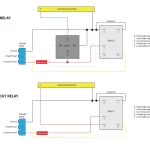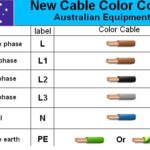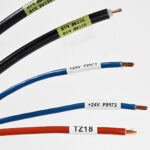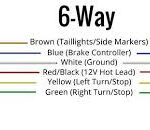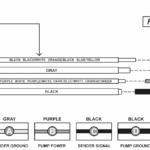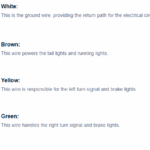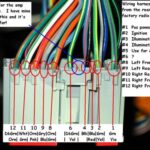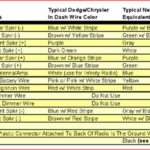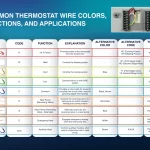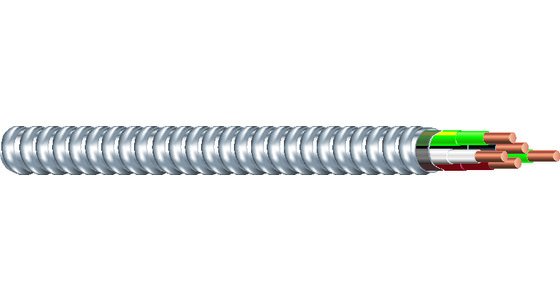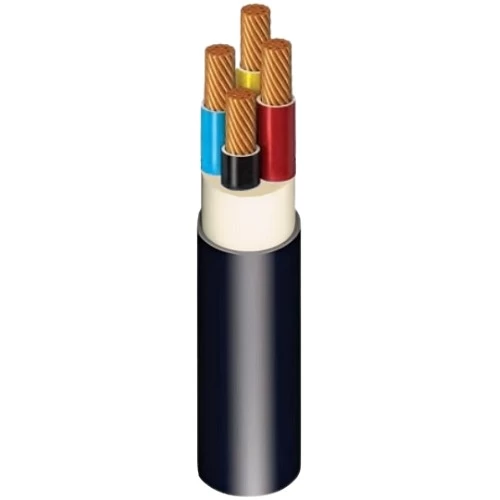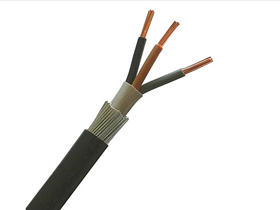The NEC wire color code defines the standardized colors used to identify conductors in residential, commercial, and industrial wiring. These color codes improve safety, simplify maintenance, and ensure code compliance during electrical installations and repairs.
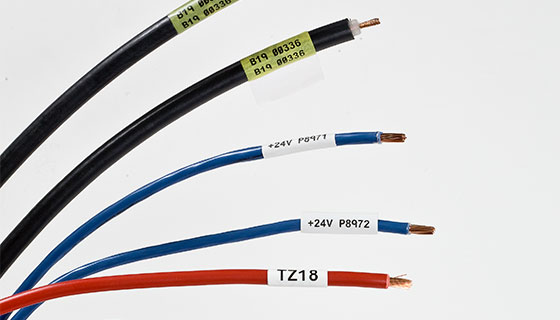
NEC Wire Color Code Guide
🟩 Why NEC Wire Color Codes Matter
-
🔌 Improves safety by identifying hot, neutral, and ground wires.
-
🧰 Simplifies troubleshooting during maintenance or repairs.
-
⚖️ Ensures code compliance with national and local electrical codes.
-
🏡 Applies to residential, commercial, and industrial wiring.
🔌 NEC Wire Color Code for AC Electrical Wiring (USA)
1. Ground Wires
| Color | Use |
|---|---|
| Green or Bare Copper | Equipment grounding conductor |
🟢 Green or bare wires are never used as current-carrying conductors.
2. Neutral Wires
| Color | Use |
|---|---|
| White or Gray | Neutral conductor (return path) |
⚪ Required for completing the circuit in most AC systems.
3. Hot (Live) Wires – Single-Phase 120V/240V
| Color | Use |
|---|---|
| Black | Hot wire (primary) |
| Red | Hot wire (secondary, 240V split-phase) |
⚫ Use caution—hot wires carry live voltage and can shock or cause injury.
4. Hot Wires – 3-Phase Systems (208V, 480V, etc.)
⚙️ 3-Phase 120/208V (Wye)
| Phase | Color |
|---|---|
| Phase A | Black |
| Phase B | Red |
| Phase C | Blue |
| Neutral | White |
⚙️ 3-Phase 277/480V (Wye)
| Phase | Color |
|---|---|
| Phase A | Brown |
| Phase B | Orange |
| Phase C | Yellow |
| Neutral | Gray |
⚠️ Important NEC Notes
-
Green, green with yellow stripe, or bare wires are reserved only for grounding.
-
White or gray conductors are only used for neutral, unless re-identified (e.g., with colored tape).
-
NEC allows re-identifying wires (e.g., marking a white wire as hot in a switch loop), but only under certain conditions.
-
Color codes apply to conductors in cables or raceways, not necessarily device wiring.
📏 NEC Code References
-
NEC Article 200 – Identification for Grounded Conductors
-
NEC Article 210 – Branch Circuits
-
NEC Article 310.110 – Conductor Identification
-
NEC Article 400 – Flexible Cords and Cables
Always check your local electrical codes, which may add or override NEC requirements.
🛠 Practical Examples
🔌 Residential 120V Circuit (Typical)
-
Black – Hot
-
White – Neutral
-
Green or Bare – Ground
🔌 Residential 240V Circuit (e.g., Dryer)
-
Black – Hot (L1)
-
Red – Hot (L2)
-
White – Neutral (if needed)
-
Green or Bare – Ground
🧯 Safety Tips for Working with Electrical Wiring
-
Always turn off power at the breaker before working.
-
Use a non-contact voltage tester to confirm wires are de-energized.
-
Follow NEC and local codes during installation or renovation.
-
Hire a licensed electrician for complex or high-voltage projects.
🧾 Conclusion
Understanding the NEC wire color code is essential for safe and compliant electrical work. Whether you're installing a new outlet, upgrading a panel, or wiring an industrial control panel, following these color standards reduces the risk of error and keeps your work code-compliant.
For a downloadable color-coded wiring chart, diagrams, or job-specific guidance, feel free to ask!

